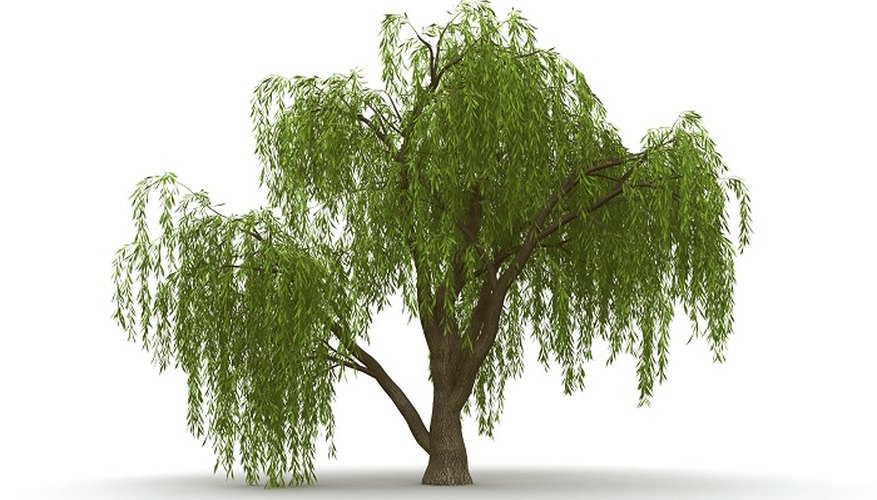Dwarf weeping willow, known botanically as Salix purpurea Pendula, is a small tree used as a specimen ornamental in the landscape. The plant is a shrub grafted onto full-size willow root stock to create a dwarf standard tree form that reaches just 1.5 to 3 metres (5 to 10 feet) tall with a 1.2 metre (4 feet) spread at maturity. This gives gardeners who are short on space a chance to grow a dramatic weeping tree. The long, dangling branches have purple-red bark and narrow leaves with a green-blue cast. The tree doesn't require pruning to keep its general shape, but some maintenance may be necessary for the tree's health.
- Dwarf weeping willow, known botanically as Salix purpurea Pendula, is a small tree used as a specimen ornamental in the landscape.
- The plant is a shrub grafted onto full-size willow root stock to create a dwarf standard tree form that reaches just 1.5 to 3 metres (5 to 10 feet) tall with a 1.2 metre (4 feet) spread at maturity.
Cut any dead, diseased, broken or otherwise damaged branches and twigs down to the crown, just a few centimetres above the top of the trunk. New long shoots will develop to take their place.
Prune away up to one third of the largest branches to reduce the spread and density of the canopy, if desired. Choose branches, evenly distributed in the canopy, that are the thickest in diameter and the longest. Sever each down to the crown just 2.5 cm (1 inch) or so above where they grow from the top of the trunk.
Trim the terminal tips of the weeping branches so they don't come into direct contact with, but just dangle above, the soil surface below. When the branches touch the ground it creates a highway for insects and disease, so a minimum distance of a few cenitmetres is best.
Give the tree a more tailored and groomed appearance by trimming all branch tips level around the tree along the lower edge of the canopy.
TIP
Use secateurs to on branches less than 1.25 cm (1/2 inch) in diameter, a fine-toothed pruning saw on wood greater than 1.25 cm (1/2 inch) in diameter and long-blade pruning shears to cut multiple branch tips such as when you trim the skirt of the weeping canopy.
